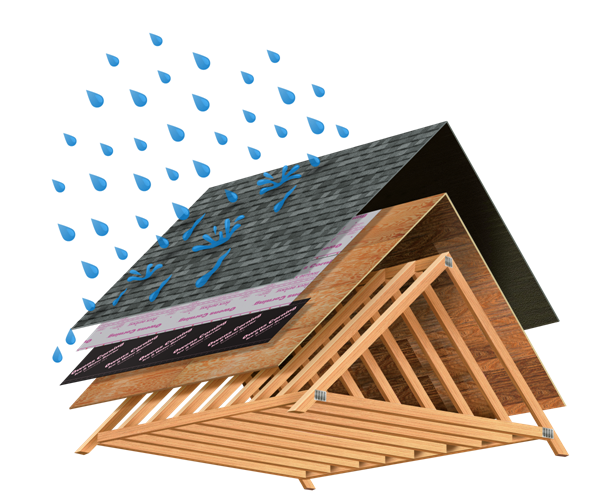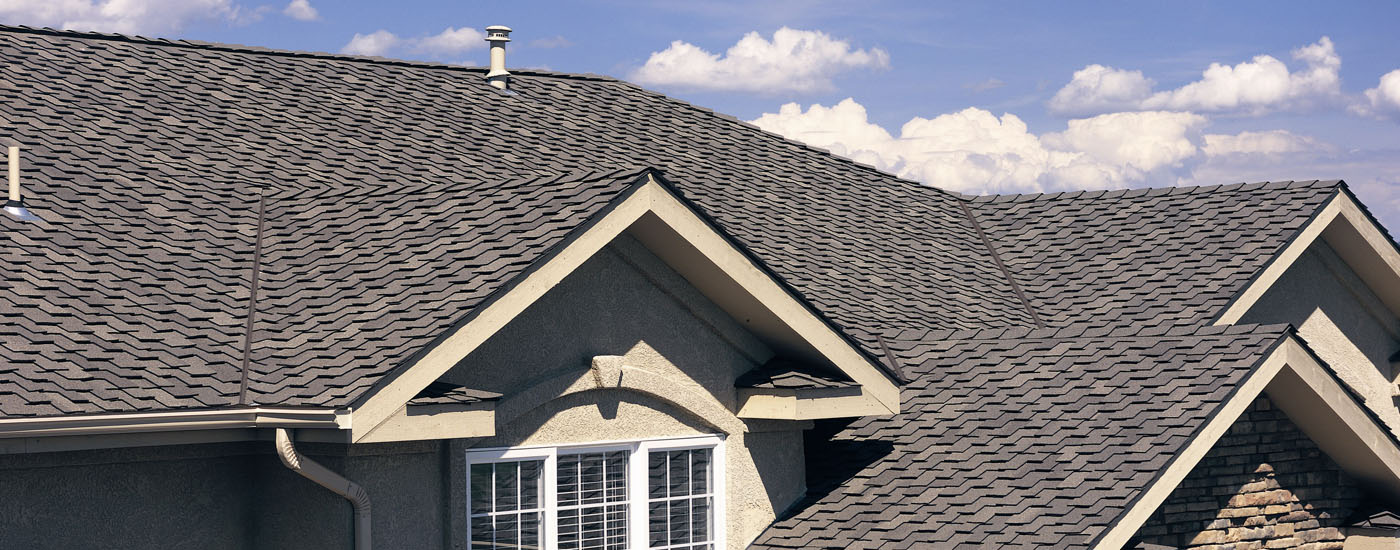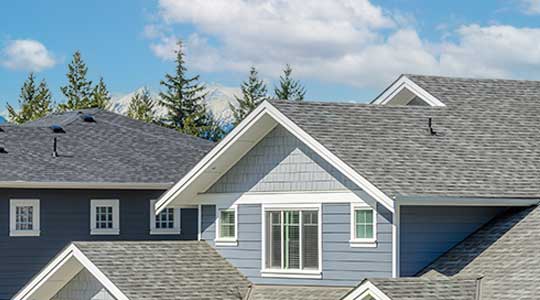Comprehensive Roof Examination Guide: Comprehending the Significance of Normal Maintenance for a Secure Home
In the world of homeownership, a strong roof covering stands as one of one of the most critical parts in safeguarding your investment. Normal roof covering upkeep is not just an optional job yet a basic responsibility that can dictate the total protection and longevity of your home. As seasons change and weather condition patterns vary, the condition of your roofing system becomes progressively at risk to tear and put on, possibly causing costly problems if left unaddressed. By unraveling the layers of thorough roofing assessments and comprehending the value of aggressive treatment, home owners can equip themselves with the understanding needed to fortify their homes against unpredicted vulnerabilities.
Relevance of Routine Roof Covering Assessments
Routine roofing system examinations are essential for maintaining the structural honesty and durability of your home. By conducting routine examinations, potential concerns such as leaks, fractures, or damages can be identified beforehand, preventing costly repair services or substitutes in the future. A well-kept roofing system not only boosts the aesthetic appeal of your residential or commercial property yet additionally makes certain the security of its owners by supplying security from the elements.
These inspections ought to preferably be carried out at the very least twice a year, in the spring and fall, to examine the condition of the roofing system after the rough winter and before the hefty rains of autumn (gutters). Additionally, after severe weather condition events such as tornados or hail storm, immediate examinations are suggested to assess any damage that might have taken place
Specialist roofing system inspections are specifically essential for older homes or roof coverings located in areas susceptible to severe climate condition. Purchasing regular evaluations can eventually save you money by dealing with problems early and extending the life expectancy of your roof covering. Bear in mind, avoidance is always better than treatment when it comes to keeping the stability of your building.
Common Signs of Roof Damages
Ensuring the architectural honesty and longevity of your building through regular roof assessments is critical, and one key facet to concentrate on is recognizing usual signs of roof damage. One of one of the most visible signs of roofing system damages is water stains on the ceiling or walls, suggesting prospective leakages. Missing out on, broken, or curling tiles are additionally red flags that your roof may be jeopardized. If you discover granules from shingles building up in your seamless gutters or on the ground, it might indicate sophisticated wear and tear. Another usual indication of roofing system damages is drooping locations on the roofing system deck, which might suggest underlying architectural problems. In addition, extreme moss or algae development on the roofing system can catch moisture and speed up wear and tear. In addition, if you discover daytime coming through the roofing boards in the attic room, it's a clear indicator of roof covering damage that requires instant interest. Routinely evaluating your roofing system for these usual signs can aid you address problems without delay and avoid more damage.

Do It Yourself Roofing System Upkeep Tips
When thinking about do it yourself roofing upkeep, it is necessary to focus on security and thoroughness in your repairs and assessments. Begin by conducting routine aesthetic evaluations from the ground to try to find missing, split, or crinkling shingles, along with any indications of sagging or water damages. Cleansing the rain gutters and downspouts to ensure proper drain is also essential. Trim looming branches that can damage the roofing system throughout tornados this contact form or provide gain access to for bugs. Seal any kind of gaps or cracks around smokeshafts, vents, or skylights to stop water seepage. Additionally, examine the attic for indicators of water leakages, mold and mildew, or pests as these can indicate roofing system concerns.
When it comes to fixings, constantly make use of correct safety and security equipment such as a tough ladder and harness. Change harmed roof shingles immediately and protect any type of loose blinking to avoid leaks. Consider using a Read More Here fresh layer of sealant or paint to expand the life of your roof. Nonetheless, for complicated issues or extensive damages, it's finest to talk to a specialist roofing professional to make sure the job is done correctly and securely.
Advantages of Professional Roof Examinations
Involving an expert roof covering inspector improves the general honesty and longevity of your roofing through specialist analysis and maintenance referrals. One of the key benefits of expert roofing inspections is the high level of competence they supply.

Furthermore, expert roof covering evaluations can aid in optimizing the life-span of your roofing system. By recognizing and attending to concerns promptly, you can prolong the life of your roofing system and prevent early replacement. Investing in routine expert examinations is a proactive approach to keeping the wellness and resilience of your roofing system.
Making Sure Long Life and Safety And Security
Maintaining the longevity and security of your roofing system needs attentive focus to its problem and aggressive upkeep actions. Normal examinations are crucial to identify potential issues prior to they escalate right into pricey troubles. Evaluating the roof covering for missing out on, harmed, or curling roof shingles, in addition to looking for indications of water damage or mold growth, can help prevent leakages and architectural damage. Clearing debris, such as fallen leaves and branches, from the roof covering and seamless gutters is crucial to make sure appropriate drain and avoid water accumulation. Additionally, cutting looming tree branches can stop damage from dropping arm or legs during tornados.
Ensuring the architectural honesty of the roof likewise involves checking out the flashing around skylights, vents, and More hints chimneys to stop water intrusion. Attending to any problems promptly and taking into consideration professional repair services when needed can dramatically extend the life expectancy of your roof. By focusing on regular maintenance and attending to problems quickly, you can improve the long life and safety of your home's roofing system.
Final Thought
To conclude, regular roof evaluations are critical for keeping the safety and longevity of your home. By identifying indications of damage early and applying preventative upkeep measures, you can avoid costly repair work and guarantee a safe living setting. Whether through DIY efforts or professional inspections, taking aggressive steps to care for your roofing can eventually conserve you time, cash, and stress and anxiety in the future.
